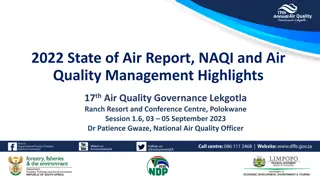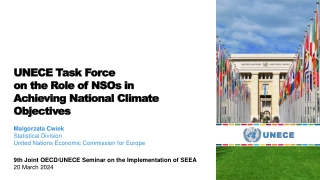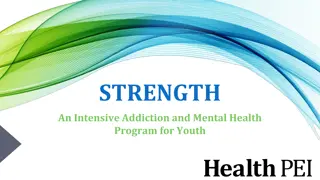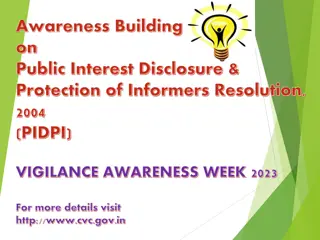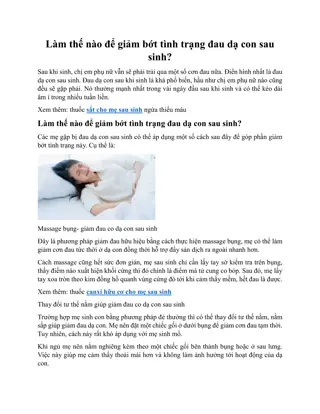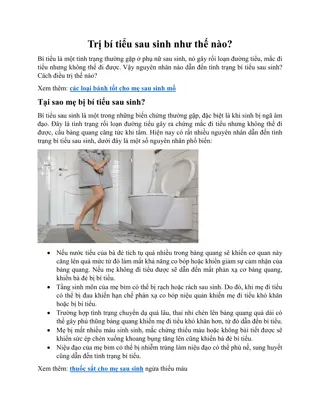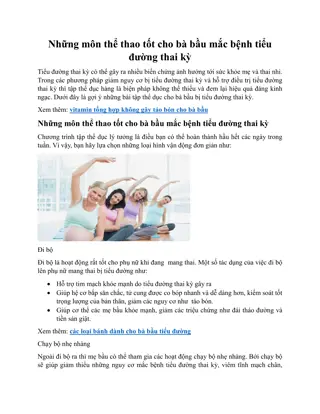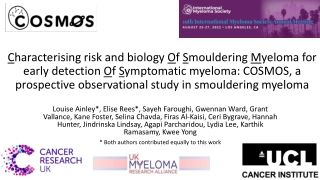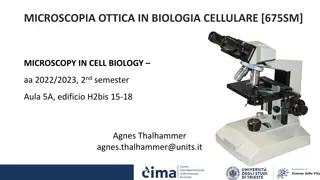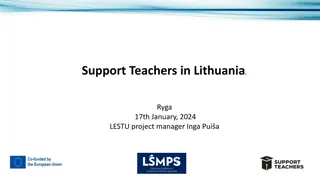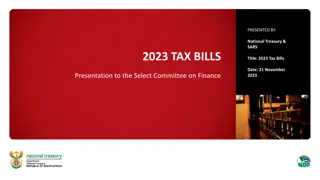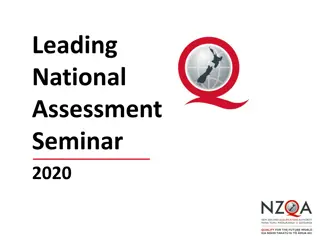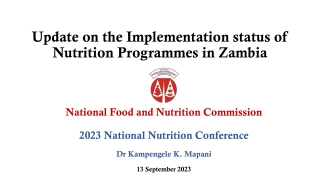Addressing the Misuse of Biology and Bioterrorism Through National Implementation
Dr. Irma R. Makalinao presents on national implementation strategies to combat the misuse of biology and bioterrorism, leveraging cooperation, assistance, and regional activities. Objectives include showcasing examples of effective national implementation, offering assistance to the Philippines, and emphasizing the importance of legislative, regulatory, and administrative measures.
Addressing the Misuse of Biology and Bioterrorism Through National Implementation
PowerPoint presentation about 'Addressing the Misuse of Biology and Bioterrorism Through National Implementation'. This presentation describes the topic on Dr. Irma R. Makalinao presents on national implementation strategies to combat the misuse of biology and bioterrorism, leveraging cooperation, assistance, and regional activities. Objectives include showcasing examples of effective national implementation, offering assistance to the Philippines, and emphasizing the importance of legislative, regulatory, and administrative measures.. Download this presentation absolutely free.
Presentation Transcript
Addressing the Misuse of Biology and Bioterrorism Through National Implementation Irma R. Makalinao, MD, MA (Peace and Security Studies), PhD (cand) Professor of Pharmacology and Toxicology College of Medicine Coordinator for CBRN Health Security Initiatives University of the Philippines Manila -Palais des Nation Room XXII Thursday, August 10, 2023 Co-Sponsored by the Governments of: Kenya, Philippines, and the United States of America
Disclaimer The examples cited in this presentation are by no means exhaustive Follows the principle of no attribution
Objectives of this presentation To provide an example of how a country s needs for cooperation and assistance can be leverage through its National Action Plan for CBRN Risk Mitigation (demand driven rather than donor driven) To provide examples of assistance programs provided by various State Parties to the BWC and other international organizations To highlight some regional activities related to national implementation of the BWC To illustrate how the Philippines can be tapped to support the BWC through a south-south cooperation fueled by a north south cooperation
On Effective National Implementation of the BTWC Legislative, regulatory, and administrative measures, including judicial and criminal penalties for prohibited activities Measures to control access to and use of pathogens and materials to prevent misuse Biosafety and biosecurity management, including appropriate oversight of certain research Outreach, education, and training for relevant professionals Regular review and updating of existing measures
Offer of Assistance to the Philippines Following the Sixth Review Conference The Sixth Review Conference urged "States Parties with relevant experience in legal and administrative measures for the implementation of the provisions of the Convention, to provide assistance and also encouraged such initiatives on a regional basis. 2006 marked the start of Biosafety and Biosecurity activities in the Philippines through the US DOS Biological Engagement Program OUTCOME: Sustainable Institutional Biosecurity and Biosafety Committee and the Advance Biorisk Officers Training Course in UP Manila National Biorisk Officers in various parts of the Philippines
It will support national legislations, regulations and resolutions which include but not limited to: Anti-Terrorism Act 2020 Strategic Trade Management Act ATC Resolution 23 Adoption of National Peace Strategy Why do we need the Philippine CBRN Action To enhance our COMPLIANCE with international obligations to: United Nations Security Resolution 1540 (prevent proliferation of weapons of mass destruction) Chemical weapons convention Biological and Toxin Weapons Convention International Health Regulation Convention on the Physical Protection of Nuclear Materials Plan?
Excerpt from the text of the Philippine CBRN National Plan High-risk CBRN materials may be prone to theft, diversion and sabotage, and regardless of how they have been initially released (via accidental, natural or deliberate means) may pose a significant threat to public health, animal and plant health , the environment and the economy of the Philippines. Thus, we need to build our resilience to attacks related to the use of such CBRN materials without prejudice to natural and accidental causes through a whole-of-society approach, a coordinated action among the different agencies of the Philippine government in partnership with relevant national stakeholders and international organizations.
UPDATED BIOLOGICAL Strategic Objectives under the Philippine CBRN Action Plan 2018-2022) STRENGTHEN IMPLEMENTATION of the Biological Toxins and Weapons Convention (BTWC) and International Health Regulation (IHR) for registration, licensing, monitoring and use of National Biological Materials of Concern by appropriate national agencies AND institutions while pushing for the passage of the national implementation law for the BWC ESTABLISH REGULATORY FRAMEWORK awareness on the advances in sciences and technology relevant to the BWC and the UNSCR 1540 INCREASE AWARENESS STRENGTHEN PREPAREDNESS for emerging biological threats, including the deliberate use of biological agents and agroterrorism
National Biological Materials of Concern a contribution by the Medical Community Materials of Concern for deliberate misuse leading to harm to public health, animal health, the environment or economy Identified a Tier 1 List which may present the greatest risk of deliberate misuse and significant potential for mass casualties or devastating effects to the economy, critical infrastructure or public confidence Definition by Consensus NBMC Write Shop I participants August 2016 and reiterated and agreed upon in Write shop II last 13-14 September 2017. Work has been done between Philippine partner agencies and the US Department of Defense Threat Reduction Agency. A Consultative Meeting was also held 20 July 2017
Raising awareness about dual-use risks in the life sciences: Promoting a culture of responsibility as Bio-specific objective in the CBRN NAP 2014-2016 Assessment of current level of awareness about dual-use risks among life science students and researchers at participating high schools, universities, and research institutes Expected outcomes: Development of course content and a train-the-trainer module for future teachers/instructors National review paper Course content, including dual-use study guide and awareness raising Train-the-trainer module Trained educators Life science students and researchers aware Train-the-trainer workshops for teachers/ instructors Dissemination of awareness raising materials through courses and on-the-job training seminars Taken from Makalinao IR Slide Presentation during the GPP Working Group Meeting Rome Feb 2017
Low impact biothreats from Abrin, Curcin and Ricin UP College of Medicine Challenge Grant Award from HSP US DOS Development of Biosafety and Biosafety Best Practices Guidebook and Workshop on Preventing Misuse of Plant Toxins for Science, Technology, Engineering and Mathematics (STEM) Highschool Teachers
Just to remind us: On Effective National Implementation of the BTWC Legislative, regulatory, and administrative measures, including judicial and criminal penalties for prohibited activities Measures to control access to and use of pathogens and materials to prevent misuse Biosafety and biosecurity management, including appropriate oversight of certain research Outreach, education, and training for relevant professionals Regular review and updating of existing measures
The Philippines ability to share best practices to strengthen national implementation of the BWC On setting up institutional biosafety and biosecurity committee and institutionalized training program and other education outreach the UP CBRN Health Security Initiatives can provide support for As regional experts for projects under the EU CBRN CoE current example is the assistance given by the Philippines to Lao PDR on their BTWC Confidence building measures through EU CBRN CoE for Risk Mitigation Project 62 Providing lecturers with partner countries in Asia particularly in the area of biotoxins to Indonesia and inspiring them to create their own version of the select agent list among others Participation in ASEAN GPP in biothreat mitigation
Cross Cutting C-B-R-N Strategic Objectives under the Philippine CBRN Action Plan 2018-22 up to present Create the CBRN National Emergency Preparedness, Response and Recovery Plan Create Fulfill obligations to existing national and international conventions/agreements/treaties related to CBRN Fulfill Increase knowledge and promote public awareness on CBRN threats and risks, and optimize information on CBRN security incidents Increase Strengthen capacities of existing regulatory bodies to deal with high risk CBRN materials Strengthen Promote regional and international cooperation and sharing of good practices in relation to CBRN risk mitigation and management Promote
Biological and Toxin Weapons Convention On the National Implementation Law First Draft was finished in 2011 with the assistance of VERTIC The second draft which involved as comprehensive redrafting was done with the assistance of the US government in a multiagency workshop held at Kalayaan Hall 20-22 November 2019 with some assistance by US who brought in 4 SMEs including a Federal Prosecutor from US DOJ The present Draft Bill built on the second version which was set aside because of COVID 19 involved a multiagency discussion by the CBRN National team and further deliberation with a biological TWG During the process of drafting the BWC ISU had been tapped on some questions and remained readily available for consultation On Confidence Building Measures the Philippines has been submitting CBMs for 7 consecutive years following a BWC sponsorship program
Recommendations Cooperation and Assistance in relation to strengthening the convention while most of the discussion focuses on article X must take into consideration Article III and IV as they are important in the prevention of the misuse of biology While there may be multiple offers for capacity and capability building countries should have their own roadmaps or strategic action plans that they can leverage with international donors The impact of assistance can be illustrated when the capacity provided can now be extended by the recipient to another state party While it may be desirable to find a specific niche for the BWC, it may be important to look at the synergy (i.e joint investigation by public health and low enforcement) to maximize the offer of assistance to prevent, prepare, detect and respond to bioterrorism or the deliberate misuse
Mechanism to assess the cooperation and assistance It is important to ensure that programs can be sustainable and demonstrate the impact of the intervention For example, the Biosecurity Program hosted by the UP Manila that produced a critical mass of Biorisk professionals in the Philippines The assistance provided by CANADA through the ASEAN GPP for the upgrade of the molecular diagnostic laboratory of RITM among others utilized heavily during the pandemic An EU CoE Project 46 for bio and design expert team for biosecurity and containment facilities mobilized during the COVID 19
The Spectrum of Biological Risk and the interlinked array of players from Health and Security Natural disease outbreak Unintended consequences Vandalism, Sabotage Deliberate Use of CBRN Accidents Negligence HEALTH and Agriculture POLICE DEFENSE EDUCATION Growing need for coordination and cooperation among government agencies and other relevant players in a whole of society approach Adapted from a slide presentation by Richard Lennane, ARF Manila 2009
Philippine Initiatives on Biosecurity Defense and Security Defense and Security Counter Counter- -Terrorism Terrorism Biosecurity Modified from A presentation of the Office of the Anti-Terrorism Council Spokesman delivered by Mr. Ferdinand Flores in RITM on 28 April 2008
For further questions please contact Dr. Irma R. Makalinao at irmakalinao@up.edu.ph DEVELOPMENT SECURITY PEACE



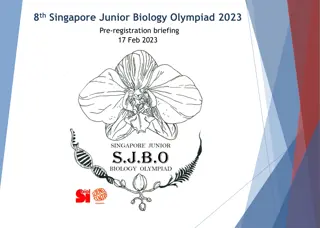

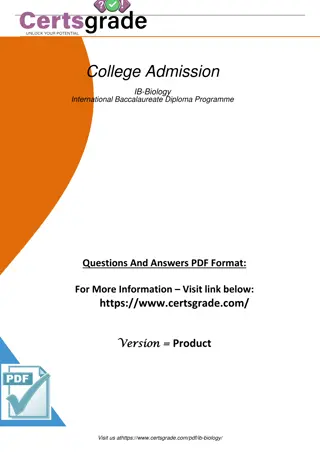
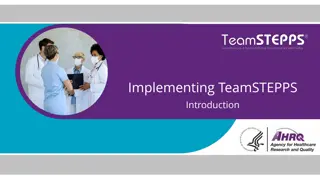
![❤[READ]❤ Cosmic Biology: How Life Could Evolve on Other Worlds (Springer Praxis](/thumb/21556/read-cosmic-biology-how-life-could-evolve-on-other-worlds-springer-praxis.jpg)
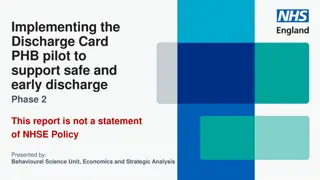

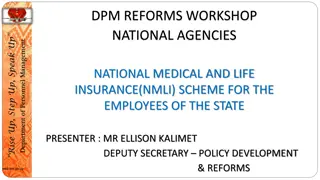
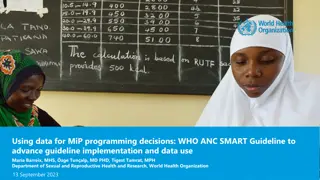
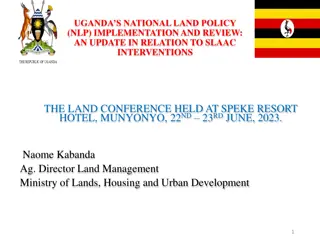

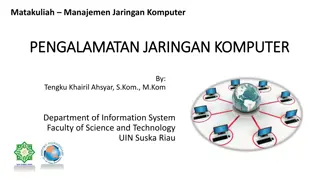
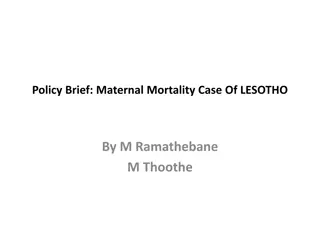
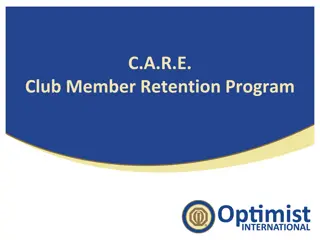


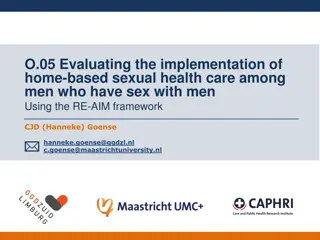
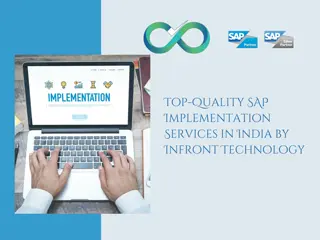
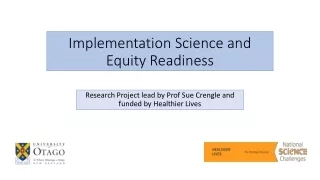


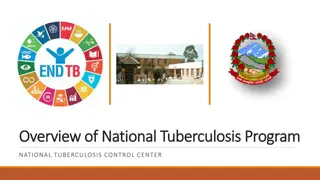
![Stakeholders' Responses to National Health Insurance Bill [B.11B-2019]: Overview](/thumb/69945/stakeholders-responses-to-national-health-insurance-bill-b-11b-2019-overview.jpg)
